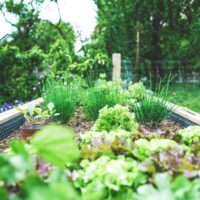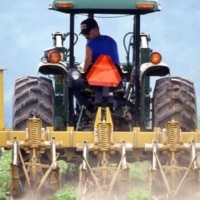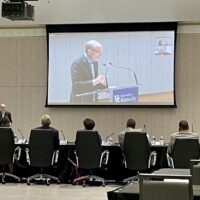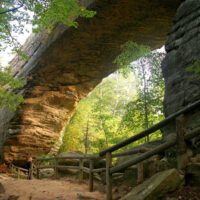As solar power becomes more economically feasible, solar projects are expanding in rural areas and causing concern over loss of prime farmland. That has prompted two very different approaches.
Farmers Powering Communities, a new initiative aiming to build solar panels in and around farmland without hampering crop production, says it will work to create 500 megawatts of solar power over the next several years. Development will begin next year and the work is projected to last five years and take place in 13 states, said a press release from American Farmland Trust, Kentucky’s Edelen Renewables and Arcadia, the three organizations behind the initiative.
The top spots for the solar panels will include rooftops, carports, and disturbed or contaminated lands — and will generally try to avoid prime farmland, the release said.
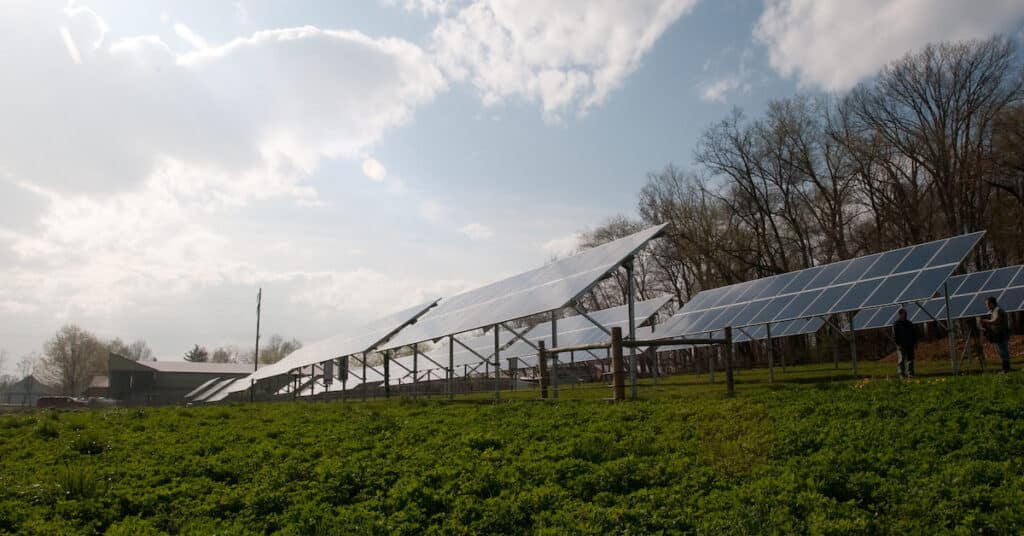
Another approach is “agrivoltaic,” a sort of dual-use installation that allows solar panels and crops to co-exist in the same place. A story jointly published by the Indianapolis Star, The Gazette of Cedar Rapids, Iowa, and The Lens of New Orleans, cooperating through the Mississippi River Basin Ag & Water Desk, an editorially independent reporting network based at the University of Missouri School of Journalism, examined how Purdue University researchers are experimenting with solar panels that stand 20 feet high.
“Farmland is well suited for solar development of all kinds, for the same reasons it’s good for growing crops — it’s largely flat, drains well and gets lots of sun,” the newspapers reported. “What makes these Purdue research panels different is that they haven’t taken farmland out of production — they’re built overtop of the corn itself.”
According to the report, farmers could reap the dual economic benefits of leasing their land for solar use while also still having productive crop returns. However, some residents of the Corn Belt are pushing back against solar; a third of the counties in Indiana have ordinances restricting solar projects.
Robert Little, a 74-year-old electrician in Palo, Iowa, said in the report that he thought agrivoltaic practices would jeopardize generational farming practices and “I don’t think it could ever work.”

